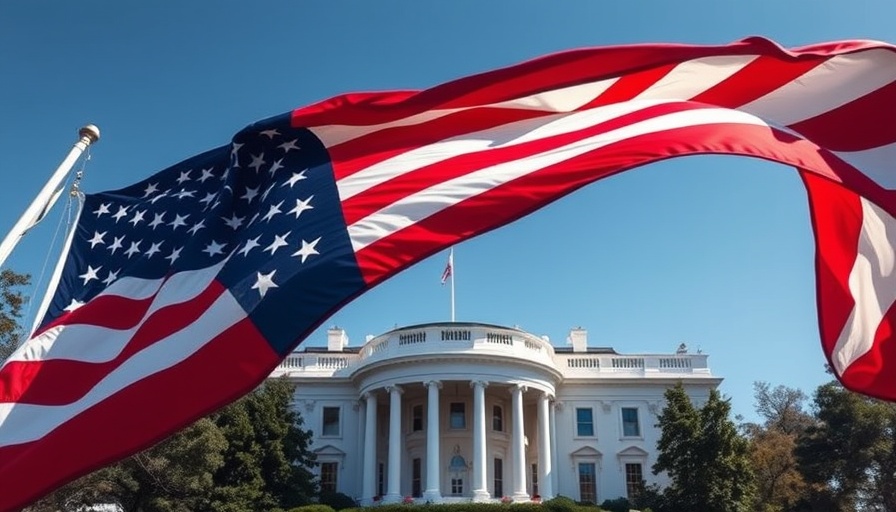
Understanding Trump's "Make America Healthy Again" Initiative
In his recent address to Congress, President Donald Trump commemorated a young Texas boy battling brain cancer and announced his initiative, "Make America Healthy Again" (MAHA). This rallying cry aims to combat chronic diseases plaguing millions of Americans. Yet, within days of this declaration, Trump's administration quietly scrapped a lawsuit crucial for regulating emissions from a Louisiana chemical plant associated with cancer risks. This conflicting behavior raises questions about the authenticity and effectiveness of the MAHA agenda.
The Contradictions in Policy
The apparent enthusiasm for MAHA juxtaposed against simultaneous cuts in health spending has led many to doubt Trump’s true commitment to improving public health. While Trump pledges to eliminate toxins from the environment, he simultaneously supports initiatives that threaten the very programs intended to enhance health outcomes. For instance, the planned elimination of 20,000 positions at the Health and Human Services (HHS) and over $4 billion slashed from health research budgets stand in stark contrast to a sincere commitment to tackling issues such as cancer and Alzheimer’s disease.
The Economic Impact of Health Initiatives
According to experts like Larry Levitt from KFF, these cuts could worsen health outcomes across the nation. Research indicates that an insured population experiences better preventive care and lower mortality rates. However, with reductions in Medicaid—which covers about 72 million Americans—access to necessary health services and preventive measures may significantly diminish. This oversight is critical, especially considering chronic diseases account for approximately 90% of U.S. healthcare spending, totaling around $4.5 trillion annually.
The Voices from the Ground: Health Advocates Speak Out
Public health advocates express deep concerns regarding these policy shifts. Sharon Gilmartin, executive director of Safe States Alliance, emphasizes that cutting experienced personnel, who have dedicated their careers to health issues, contradicts the spirit of the MAHA initiative. The elimination of expert teams focused on chronic diseases challenges the administration's claims of a commitment to improving health outcomes.
Future Predictions: What Lies Ahead?
Looking forward, the implications of these policies are varied and could result in an alarming future for public health. With experienced health officials and researchers being sidelined, the needed innovations in health technology and research could stall. As industries explore the intersection of health tech and wellness innovations, the involvement of informed policymakers will be crucial. Technology can only flourish in an environment conducive to health advancements, which presently seems compromised.
Taking Action: What Can Business Leaders Do?
For CEOs and marketing managers in tech-driven and health-centric industries, staying informed about public health trends and government policies is vital. Opportunities abound for businesses to advocate for better resources, lobby for improved health initiatives, and facilitate innovative solutions to combat chronic diseases. Engaging with lobbying groups and supporting public health initiatives can amplify your impact, catalyzing changes that align with MAHA's goals.
In summary, while the rhetoric behind MAHA supports a noble cause, the policies enacted concurrently pose a significant threat to public health. Business leaders must advocate for sustained funding and research toward health solutions to ensure a healthier future for all Americans. By leveraging their position, they can influence policy directions and encourage accountability from public health leaders.
To truly realize the vision of "Make America Healthy Again," it's crucial for organizations, including yours, to push for collaborative efforts between the tech industry and health care sectors. Understanding the dynamics at play can empower you and your organization to create a healthier future, not just for your employees, but for society as a whole.
 Add Row
Add Row  Add
Add 




 Add Row
Add Row  Add
Add 

Write A Comment